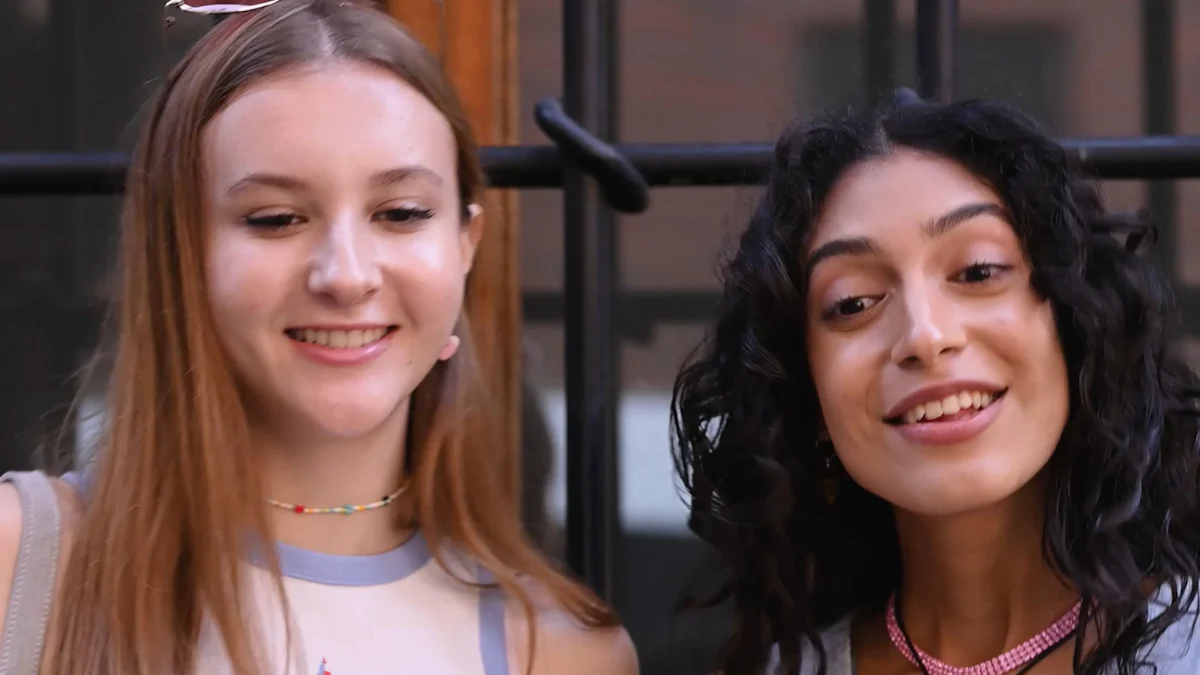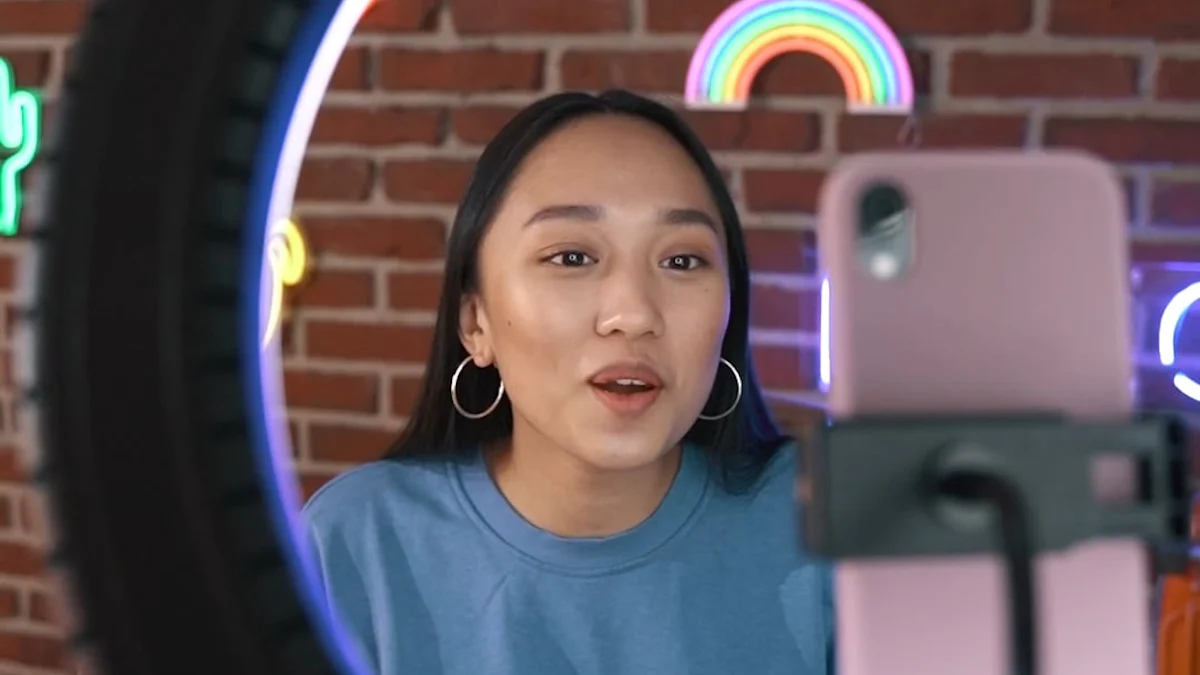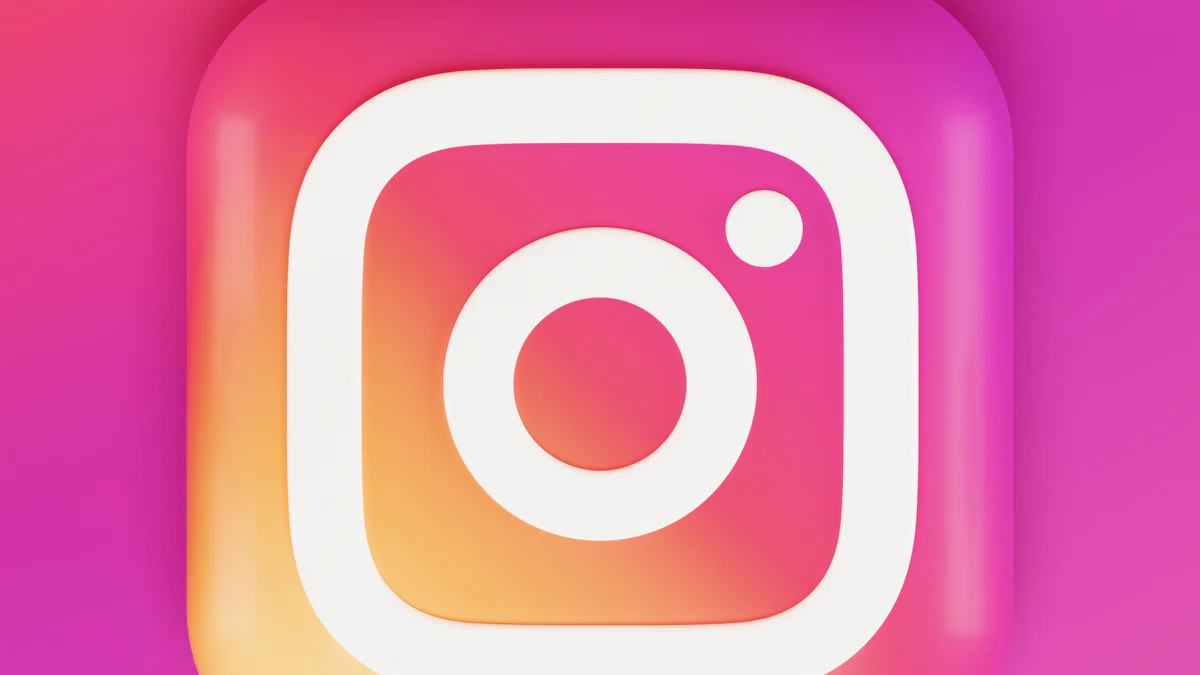Influencer Marketing Instagram Costs: What You Should Know

Influencer marketing Instagram strategies have turned the platform into a dominant force, providing brands with a direct channel to engage their audience. The cost of influencer collaborations on Instagram can vary widely, with nano-influencers charging as little as $10 per post, while mega-influencers may demand $10,000 or more. These pricing differences are influenced by factors such as follower count, engagement rates, and the type of content required. Among social media platforms, influencer marketing Instagram opportunities remain some of the most competitive. By understanding these cost dynamics, you can make informed decisions and enhance the success of your campaigns.
Factors Influencing Instagram Influencer Pricing

Follower Count and Engagement Rates
Impact of follower count on pricing
When it comes to influencer marketing, follower count plays a significant role in determining influencer rates. Influencers with larger followings often charge higher fees because they can reach a broader audience. For instance, Cristiano Ronaldo, with over 630 million followers, commands some of the highest fees in the industry. However, follower count alone doesn’t dictate pricing. Other factors, such as engagement rates and content quality, also influence the cost.
Importance of engagement rates over follower numbers
Engagement rates often outweigh follower count in importance. High engagement rates indicate that followers actively interact with an influencer’s content, making them more valuable to brands. Influencers like David Dobrik and Corinna Kopf, known for their strong engagement, can charge premium rates. Brands recognize that engaged audiences lead to better campaign results, which is why influencers with high engagement often secure higher pricing.
Content Type and Campaign Scope
Cost differences for posts, stories, reels, and carousel ads
The type of content you request significantly impacts influencer pricing. Here’s a breakdown of typical costs:
| Content Format | Approx. Cost | Benefits | Drawbacks | |----------------|--------------|----------|-----------| | Feed Post | Most expensive | Evergreen content and high reach | High cost, less organic, no CTA option | | Reels | Medium cost | Evergreen content and medium reach | Medium cost, no CTA option | | Story | Lowest cost | Low cost, includes CTA, more organic | Lower reach, expires in 24 hours |
Feed posts tend to cost the most due to their permanence and reach, while stories are more affordable but have a shorter lifespan. Reels strike a balance between cost and reach, making them a popular choice for many campaigns.
Effect of campaign complexity and duration on pricing
The complexity and duration of your campaign also affect influencer rates. A one-time promotion, such as a giveaway, will cost less than a long-term partnership. Longer campaigns require more effort and time from influencers, leading to higher rates.
Industry or Niche
Higher costs for niche influencers
Niche influencers often charge higher rates because they cater to a specific, highly targeted audience. Their expertise and ability to connect with a specialized group make them invaluable for brands in certain industries.
Examples of high-demand niches like fashion and fitness
Some niches, such as fashion, beauty, and technology, command premium pricing. For example:
- Fashion influencers charge higher rates due to high demand and large brand budgets.
- Technology influencers often demand premium fees because of their specialized knowledge.
- Finance influencers also command higher rates due to their ability to reach a knowledgeable and affluent audience.
If your brand operates in a high-demand niche, you should expect to pay more for influencer marketing on Instagram.
Influencer Experience and Reputation
Premium rates for experienced influencers
When you work with experienced influencers, you’re not just paying for their content. You’re investing in their expertise, professionalism, and ability to deliver results. Influencers with years of experience know how to craft messages that resonate with their audience. They understand what works and what doesn’t, which reduces the risk of campaign failure. Their established reputation allows them to charge premium rates because they bring credibility and trust to your brand.
For example, an influencer who has collaborated with top-tier brands like Nike or Apple can command higher fees. Their association with reputable companies enhances their perceived value. This makes them a safer and more effective choice for your influencer marketing campaigns. If you want to maximize your return on investment, choosing an experienced influencer is often worth the extra cost.
Role of past campaign success in pricing
An influencer’s track record can significantly impact their pricing. Those with a history of successful campaigns often charge more because they’ve proven their ability to deliver results. Brands are willing to pay a premium for influencers who have consistently driven engagement, increased sales, or boosted brand awareness.
Imagine partnering with an influencer who has helped a competitor achieve a 30% increase in sales. Their past success becomes a selling point, justifying their higher rates. You’re not just paying for their audience; you’re paying for their ability to replicate those results for your brand. This is why influencers with a strong portfolio of successful campaigns often dominate the influencer marketing space.
By prioritizing experience and proven success, you can ensure your influencer marketing Instagram campaigns achieve the impact you’re aiming for.
Typical Cost Ranges for Instagram Influencers

Nano-Influencers (500-10K followers)
Pricing for nano-influencers
Nano-influencers are the most affordable option in influencer marketing. Their rates typically range from $10 to $100 per post, depending on their follower count and engagement levels. Here’s a breakdown of their pricing:
| Influencer Type | Followers Range | Rate per Post ($) | |-------------------|-----------------|-------------------| | Nano-influencers | 1,000 - 10,000 | $10 - $100 |
This affordability makes nano-influencers an excellent choice for brands with limited budgets.
Why nano-influencers are ideal for small campaigns
Nano-influencers excel in creating authentic connections with their audience. Their smaller follower base allows them to engage more personally, resulting in higher engagement rates. They are also cost-effective, charging significantly less than mega-influencers. Additionally, their ability to target specific niches ensures your campaign reaches the right audience. For small-scale campaigns, nano-influencers provide a perfect balance of affordability and impact.
Micro-Influencers (10K-100K followers)
Average costs for posts, stories, and reels
Micro-influencers offer a wider reach while maintaining strong engagement. Their pricing varies based on the type of content:
| Content Type | Follower Range | Cost Range | |--------------------|----------------------|---------------------| | Sponsored Post | 10,000 - 50,000 | $100 - $500 | | Sponsored Post | 50,000 - 100,000 | $500 - $5,000 | | Instagram Story | 10,000 - 100,000 | $500 - $2,500 | | Instagram Reel | 10,000 - 100,000 | $400 - $2,000 |
Micro-influencers often bundle posts, stories, and reels into packages, with total costs ranging from $1,400 to $7,000.
Cost-effectiveness of micro-influencers for niche audiences
Micro-influencers are a cost-effective solution for brands targeting niche audiences. They combine affordability with high engagement rates, often outperforming macro-influencers in terms of audience interaction. For example, a micro-influencer may charge $100-$500 per post, while a macro-influencer could demand $5,000 or more. Their flexibility in partnership terms also allows you to stretch your budget further, making them ideal for executing multiple campaigns.
Macro-Influencers (100K-1M followers)
Typical pricing for larger campaigns
Macro-influencers are perfect for brands seeking extensive reach. Their rates reflect their larger follower base:
| Follower Count | Rate Per Post ($) | |------------------------|-------------------| | Mid-tier (100K-500K) | $1,500 - $5,000 | | Macro (500K-1M) | $5,000 - $10,000 |
For larger campaigns, macro-influencers can charge between $2,500 and $25,000 per post.
Balancing reach and engagement with macro-influencers
Macro-influencers are ideal for campaigns focused on brand awareness. Their extensive reach ensures your message gets in front of a large audience. However, their engagement rates may be lower compared to micro-influencers. To balance reach and engagement, align your influencer strategy with your campaign goals. If your objective is visibility, macro-influencers are a strong choice. For higher engagement, consider micro-influencers instead.
Mega-Influencers (1M+ followers)
Costs for celebrity-level influencers
Mega-influencers, with over 1 million followers, represent the pinnacle of influencer marketing. Their rates reflect their massive reach and celebrity status. On average, you can expect to pay between $10,000 and $20,000 per post. For larger campaigns or exclusive partnerships, these costs can climb even higher.
Here’s a quick comparison of influencer rates across tiers:
- Micro-influencers (10K-100K): $500-$1,500 per post
- Mid-tier influencers (100K-500K): $1,500-$5,000 per post
- Macro-influencers (500K-1M): $5,000-$10,000 per post
- Mega-influencers (1M+): $10,000-$20,000+ per post
While the pricing may seem steep, mega-influencers offer unparalleled visibility. Their massive follower base ensures your brand reaches millions of potential customers. If your goal is to dominate the market and establish a global presence, investing in a mega-influencer can deliver exceptional results.
When to consider mega-influencers for your campaign
Mega-influencers are not for every campaign. You should consider them when your primary objective is to boost brand awareness on a large scale. Their ability to generate buzz and attract attention makes them ideal for launching new products or entering new markets.
These influencers are also perfect for evergreen campaigns. Their high-quality content can be repurposed across multiple platforms, providing long-term value for your investment. However, working with mega-influencers requires careful planning. Their rates are a significant investment, so you need to ensure your campaign has a clear strategy and measurable goals.
If you’re ready to make a bold statement and position your brand as a leader in your industry, mega-influencers can help you achieve that. Their influence extends beyond Instagram, often spilling over into mainstream media, amplifying your campaign’s impact.
By understanding the costs and strategic benefits of mega-influencers, you can decide if they align with your influencer marketing goals.
How to Budget for an Influencer Marketing Campaign
Setting Clear Campaign Goals
Defining target audience and objectives
To create a successful influencer marketing campaign, you need clear and actionable goals. Start by narrowing down your objectives using these five steps:
- Be specific. Instead of saying you want to increase sales, define the type of sales you aim to boost.
- Make your goals measurable. For example, set a target to increase sales by 20%.
- Keep them achievable. Ensure your goals align with your resources and timeline.
- Stay relevant. Your objectives should support your overall business strategy.
- Set a time limit. A defined timeline keeps you accountable and focused.
Clear goals not only guide your campaign but also help you calculate fair influencer rates and measure success effectively.
Aligning goals with influencer selection
Your goals should dictate the type of influencer you choose. If you want to boost engagement, focus on influencers with high interaction rates. For brand awareness, prioritize those with a large following. Aligning your goals with the right influencer ensures authenticity and credibility. Consumers trust influencers who reflect their values, so this alignment builds trust and maximizes your influencer marketing ROI.
Finding Affordable Influencers and Negotiating Rates
Tools and platforms for finding influencers
Finding affordable influencers doesn’t have to be overwhelming. Use these tools to simplify the process:
- Shopify Collabs: Manage creators directly from your Shopify admin.
- GRIN: Discover high-quality influencers and similar candidates.
- Upfluence: A platform for finding and managing influencers.
- Influence.co: A directory where influencers showcase their portfolios.
These platforms help you identify influencers who fit your budget and campaign goals.
Tips for negotiating fair rates
Negotiating influencer rates requires strategy. Start by discussing payment after establishing mutual interest. Be transparent about your budget and aim for a win-win deal. If you can’t meet their payment expectations, offer creative perks like free products or long-term partnerships. Building trust and respect ensures successful collaborations and helps you calculate fair influencer rates without overspending.
Allocating Budget for Additional Costs
Accounting for content production expenses
Influencer fees are just one part of your budget. You also need to account for production costs, such as photography, video editing, and graphic design. For example, creating high-quality Instagram stories or reels may require additional resources. Repurposing existing content can help reduce these costs while maintaining quality.
Factoring in paid ad amplification and other fees
Don’t forget to include costs for paid ad amplification, exclusivity agreements, and legal contracts. These additional expenses can add up quickly. For instance, exclusivity agreements may increase influencer rates, while compliance fees ensure your campaign adheres to regulations. Planning for these costs upfront helps you avoid surprises and stay within your budget.
By setting clear goals, finding affordable influencers, and accounting for all costs, you can create a well-rounded influencer marketing campaign that delivers strong ROI.
Instagram influencer marketing offers immense potential for businesses, but understanding its cost dynamics is crucial for success. Factors like follower count, engagement rates, and campaign scope directly impact costs. For example, nano-influencers charge as little as $10 per post, while mega-influencers demand $10,000 or more. By researching influencers and aligning them with your goals, you can maximize ROI and stretch your budget effectively.
To create impactful campaigns, focus on audience relevance and authenticity. Collaborating with influencers who resonate with your brand values, like Gymshark does with fitness influencers, ensures higher engagement and conversions. Regularly monitor campaign performance to refine strategies and achieve cost-effective results. With the right approach, influencer marketing can transform your brand’s visibility and growth.
FAQ
What is the best way to determine an influencer’s value?
Evaluate their engagement rate, audience demographics, and past campaign results. Tools like GRIN or Upfluence can help you analyze these metrics. Focus on influencers whose audience aligns with your brand goals. This ensures you get the most value for your investment.
Should you prioritize follower count or engagement rate?
Always prioritize engagement rate. A smaller, engaged audience delivers better results than a large, inactive one. High engagement means followers trust the influencer, which increases the likelihood of conversions. Choose influencers who actively interact with their audience for maximum impact.
How can you negotiate better rates with influencers?
Be transparent about your budget and offer value beyond payment, like free products or long-term partnerships. Highlight mutual benefits and build trust. Use platforms like Influence.co to compare rates and ensure you’re negotiating fairly.
Are nano-influencers effective for big brands?
Yes! Nano-influencers excel at creating authentic connections. Their high engagement rates and niche audiences make them valuable for both small and large brands. They’re cost-effective and ideal for campaigns targeting specific communities or testing new products.
Can you repurpose influencer content for other platforms?
Absolutely! Repurposing influencer content saves time and money. Use their posts, reels, or stories for ads, email campaigns, or website banners. Always discuss content usage rights upfront to avoid legal issues. This strategy maximizes your campaign’s ROI.
See Also
Decoding The Return On Investment In Influencer Marketing
Benefits And Drawbacks Of Influencer Marketing Returns
Best Budget-Friendly Influencer Marketing Platforms For 2024
Essential Influencer Marketing Statistics Every Marketer Should Know
